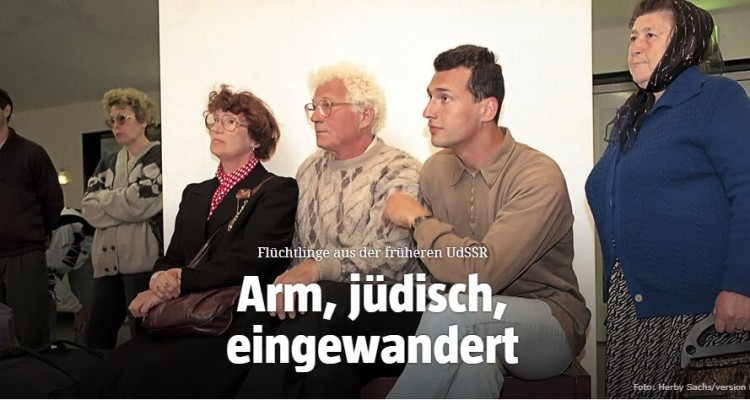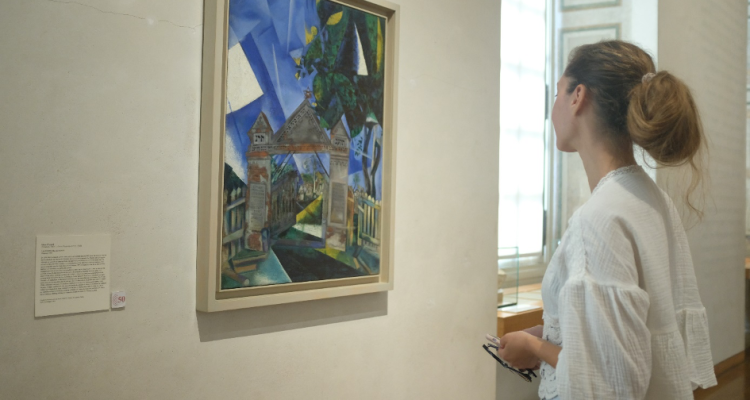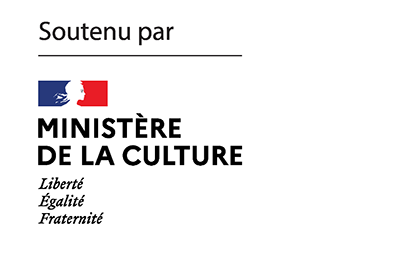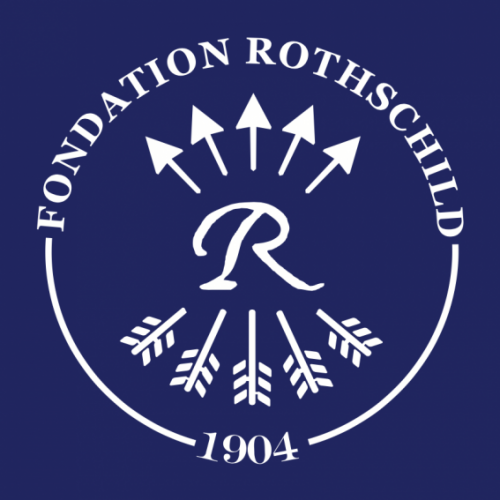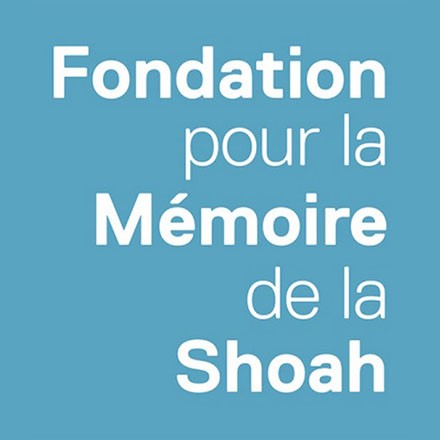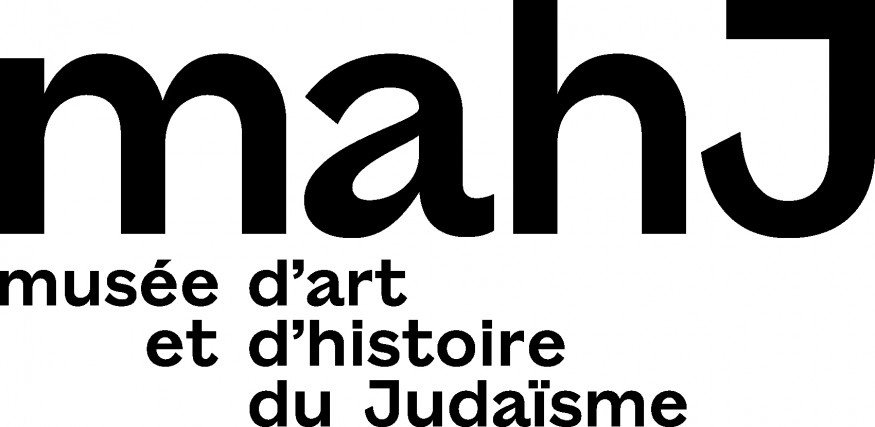Article by Lisa Vapné
200,000 Soviet Jews have settled in Germany since the 1990s. If they migrated to the land of the murderers, it is partly because Germany had a very positive reception policy towards them, but also because Soviet Jewry did not have the same representations of this country as the Jews of Western Europe. Lisa Vapné tells us the story of the complex integration of those who were at first desired, then disappointed, and finally until today are struggling to be recognized by their own community.
Maya Katznelson founded the “Centre for Belarusian-Jewish Cultural Heritage” (BJCH centre) in 2019, with the aim of collecting and exhibiting the rich Jewish cultural heritage of Belarus. One of the goals of the centre, after having already hosted various events, is to create a Belarusian Jewish Museum, a space that also combines research and education. Maya Katznelson had to leave her country because of the events that are currently shaking her region. She spent two months in residence at the Museum of Jewish Art and History (Mahj) in Paris and is temporarily living in London.
Exactly eighty years ago, on September 29-30, 1941, nearly 34,000 Jews from Kiev were executed at Babi Yar, a ravine located west of the Ukrainian capital. The question of the memorialization of the site, raised at the end of the war, has still not found a clear answer to this day. Lisa Vapné gives us a glimpse of the long and conflicting history, full of twists and turns, of a memory that has yet to be built on the very site of the crime.
Join us
With the support of:
Thanks to the Paris office of the Heinrich Böll Foundation for their cooperation in the design of the magazine’s website.
